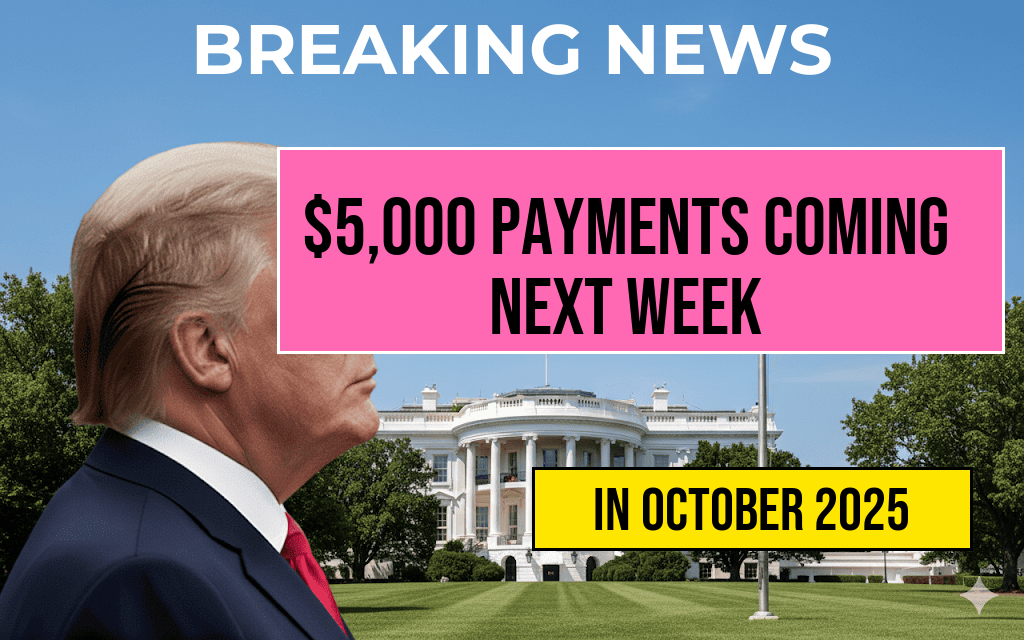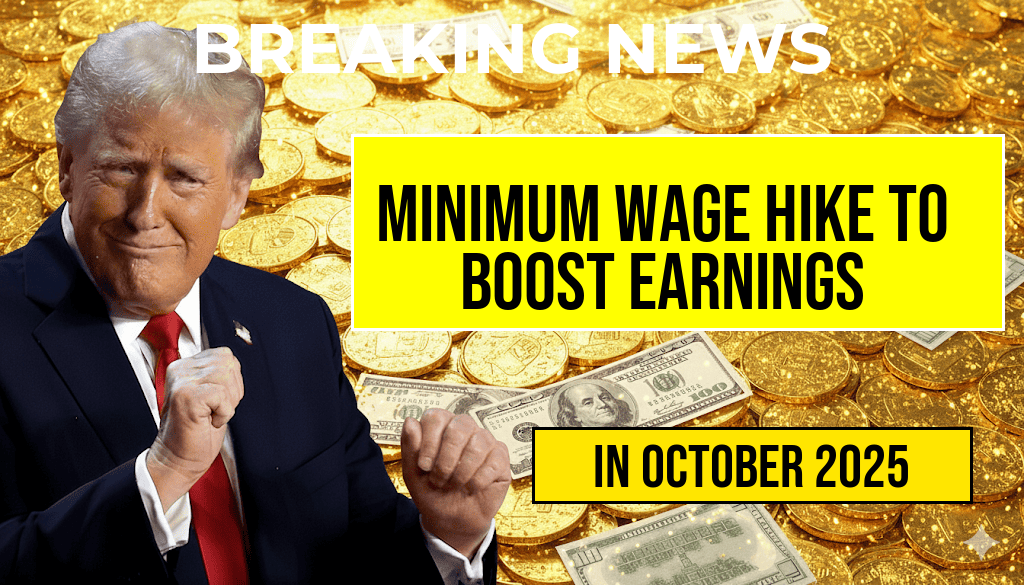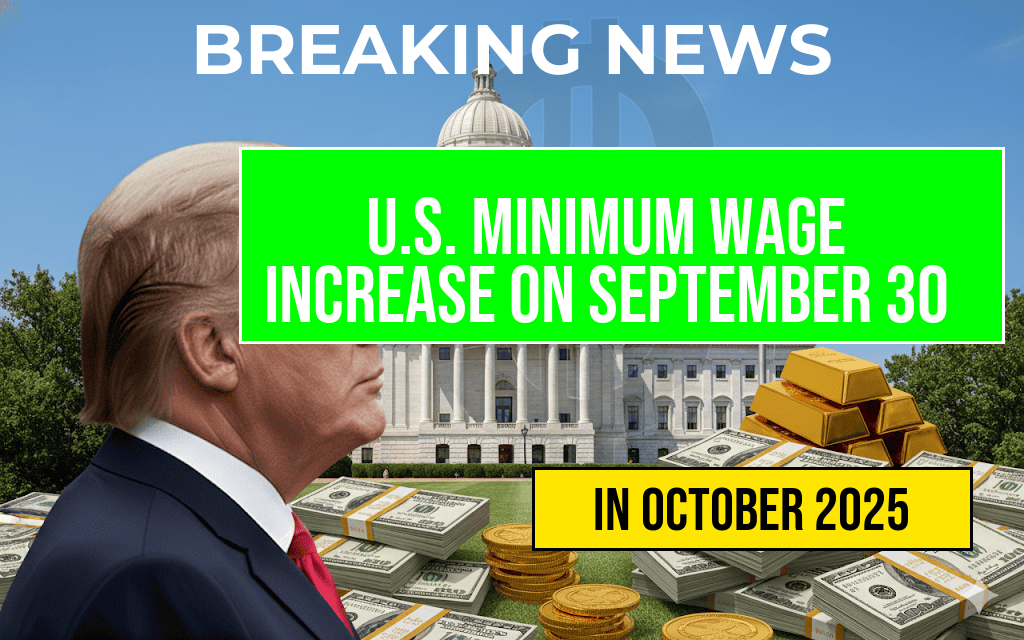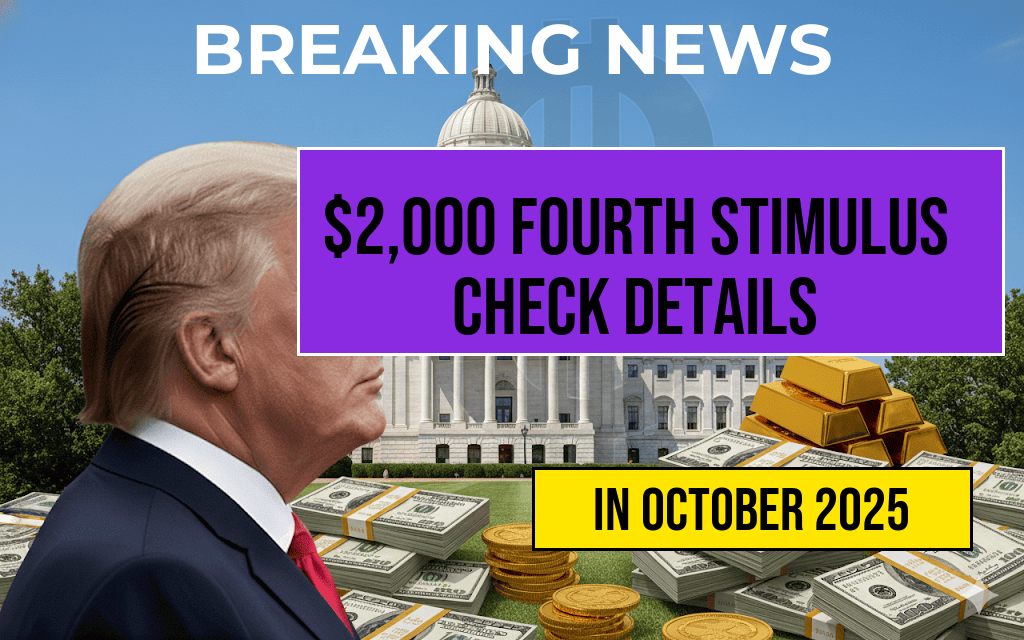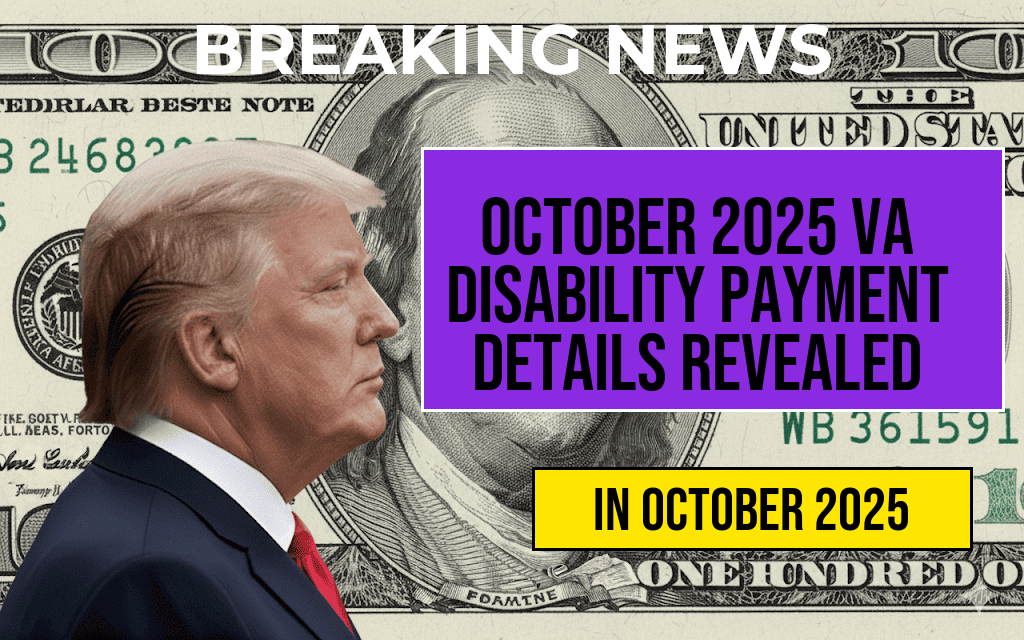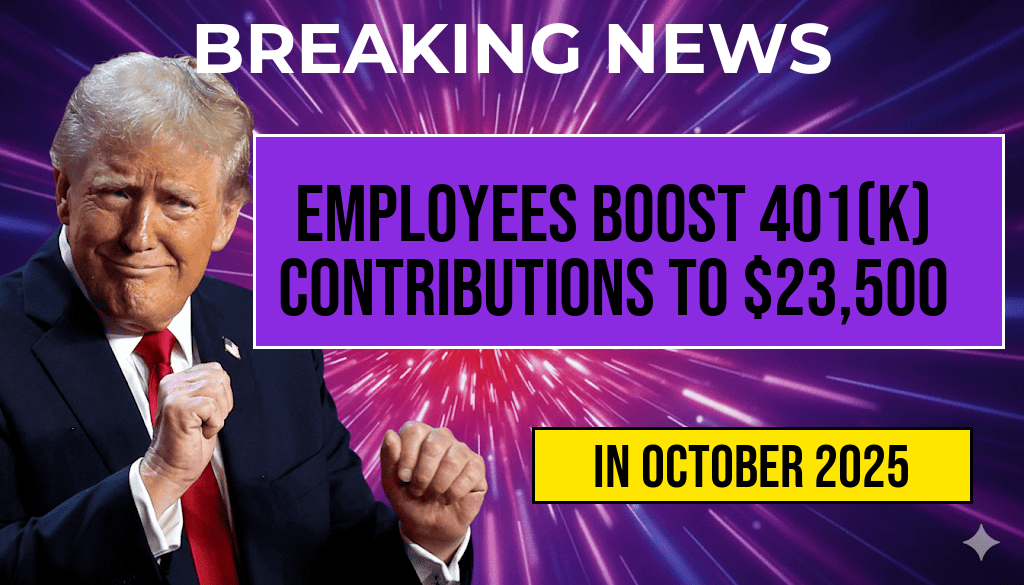The United States is poised for a significant change in its economic landscape as the federal minimum wage is set to increase on September 30, 2025. This adjustment comes as part of a broader initiative to address income inequality and assist low-wage workers across the nation. The new federal minimum wage will rise to $15 per hour, impacting millions of workers and potentially altering the dynamics of the labor market. As states and municipalities continue to grapple with varying wage standards, this increase will standardize earnings for many, providing a much-needed boost to the economy. This article outlines the new wage structure and its implications for American workers and businesses.
Details of the Minimum Wage Increase
The federal minimum wage has remained at $7.25 per hour since July 24, 2009, making it one of the longest periods without an increase in U.S. history. The forthcoming adjustment reflects ongoing discussions about the cost of living and the financial challenges faced by low-income households. The following details summarize key aspects of the wage increase:
- Effective Date: September 30, 2025
- New Federal Minimum Wage: $15 per hour
- Current Federal Minimum Wage: $7.25 per hour
- Percentage Increase: 106.9%
Impact on Workers
The increase in the minimum wage is expected to significantly benefit low-income workers, many of whom have struggled to make ends meet in recent years. According to data from the U.S. Bureau of Labor Statistics, approximately 1.3 million workers earn the minimum wage, a figure that is likely to decrease as the new standard is implemented. The following are some anticipated effects:
- Increased Disposable Income: Workers earning the minimum wage will see their earnings double, allowing for greater spending power.
- Reduction in Poverty Levels: Higher wages are expected to lift many families above the poverty line, improving overall quality of life.
- Greater Economic Activity: Increased disposable income can lead to higher consumer spending, stimulating local economies and businesses.
State Variations and Local Adjustments
While the federal minimum wage will rise to $15 per hour, many states and cities have already implemented their own higher minimum wages. For instance, states like California and New York have set minimum wages above the federal level, reflecting local economic conditions. Below is a table of some states with their current minimum wages:
| State | Current Minimum Wage |
|---|---|
| California | $15.50 |
| New York | $15.00 |
| Washington | $15.74 |
| Florida | $11.00 |
| Texas | $7.25 |
This diverse landscape of minimum wage levels indicates that while the federal increase is significant, many workers in states with higher wages may not see an immediate impact. However, states are likely to reassess their wage policies in light of the new federal standard.
Business Reactions and Challenges
Businesses are divided on the impending wage increase. Some advocate for higher wages as a means to enhance employee morale and reduce turnover, while others express concern over rising labor costs. Small businesses, in particular, may face challenges in adapting to the new wage structure. They may need to adjust pricing, cut costs, or invest in technology to offset increased wage expenses. According to a report from the Forbes, business owners are encouraged to prepare for these changes through strategic planning and workforce management.
Looking Ahead
The increase in the federal minimum wage to $15 per hour is a pivotal development in the ongoing conversation about fair wages and economic justice in the United States. As the date approaches, both workers and employers must navigate the potential challenges and opportunities that this change will bring. Monitoring the effects of this wage adjustment will be crucial for policymakers and economic analysts alike.
For further details about the wage increase and its implications, visit [U.S. Department of Labor](https://www.dol.gov) or consult Wikipedia for historical context and updates.
Frequently Asked Questions
What is the new U.S. minimum wage that will take effect on September 30, 2025?
The new U.S. minimum wage set to take effect on September 30, 2025, will be $15 per hour, reflecting an adjustment to keep pace with inflation and living costs.
How can I find the complete list of hourly wages related to the minimum wage increase?
You can find the complete list of hourly wages by visiting the official government website or reviewing the latest labor department reports that detail the changes associated with the minimum wage increase.
Will this increase in minimum wage affect all states equally?
No, the minimum wage increase may not affect all states equally, as some states and cities have their own higher minimum wage laws that could take precedence over the federal rate.
Are there any exemptions to the new minimum wage law?
What are the potential impacts of the minimum wage increase on the economy?
The increase in the minimum wage could lead to various economic impacts, including improved living standards for low-income workers, potential job losses in some sectors, and changes in consumer spending patterns.

